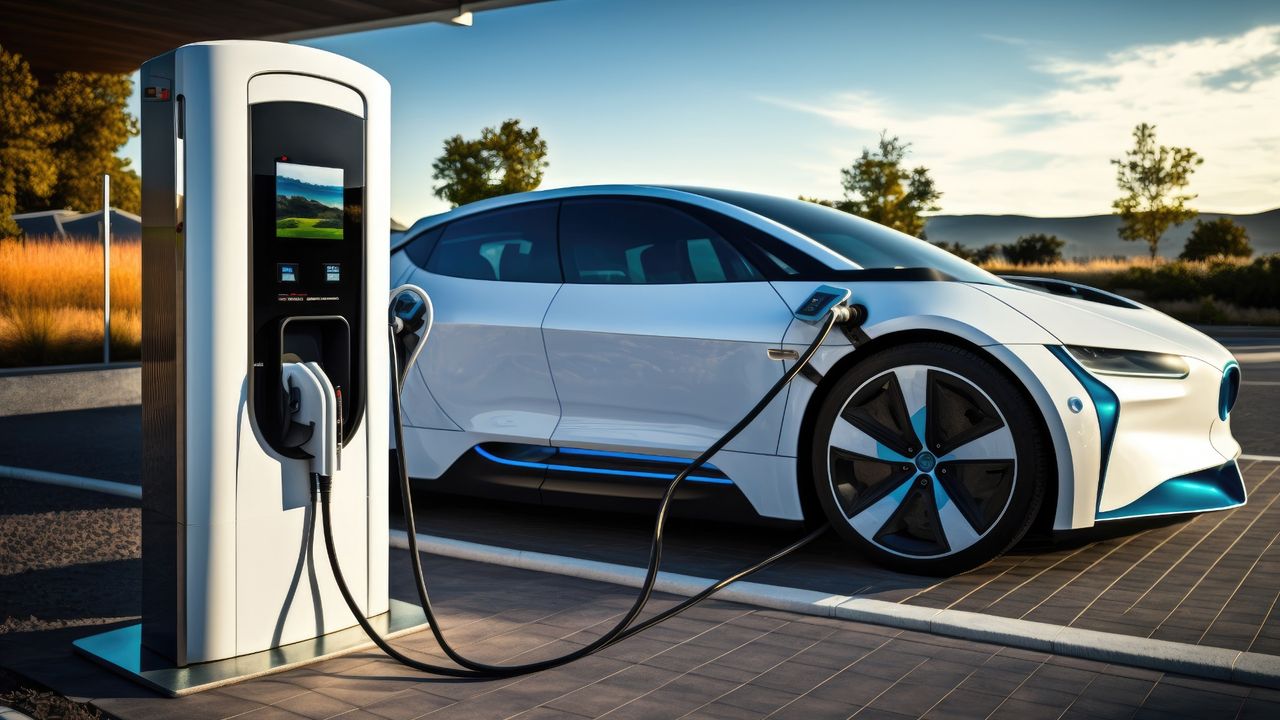The Concept of Vehicle-to-Grid (V2G) Technology
Welcome to the world of Vehicle-to-Grid (V2G) technology, where the future of energy integration and sustainability is being revolutionized by the power of electric vehicles (EVs). V2G technology is all about creating a two-way flow of energy between the grid and EVs, enabling a seamless exchange that benefits both the vehicle owners and the grid operators.
Renewable Energy Integration
With the rise of renewable energy sources like solar and wind power, the need for efficient energy storage and management solutions has become more crucial than ever. V2G technology plays a pivotal role in this scenario by allowing EVs to not only consume energy but also feed surplus energy back to the grid when needed.
This bi-directional flow of energy helps in balancing the grid’s supply and demand dynamics, especially during peak load periods or when renewable sources are intermittent. By leveraging the energy stored in EV batteries, V2G technology contributes to a more stable and sustainable grid infrastructure.
Electric Vehicle Integration
As the adoption of EVs continues to grow, V2G technology offers a unique opportunity to maximize the benefits of these vehicles beyond transportation. EVs are essentially mobile batteries that can store and discharge electricity, making them valuable assets in the energy ecosystem.
By connecting EVs to the grid through V2G technology, owners can not only charge their vehicles but also sell excess energy back to the grid, earning revenue in the process. This dynamic interaction between EVs and the grid promotes a greener and more cost-effective energy system.
Grid Integration
Grid operators are constantly striving to enhance the reliability and efficiency of the power grid, and V2G technology offers a promising solution to address these challenges. By utilizing the aggregated energy storage capacity of EV fleets, grid operators can optimize grid performance and reduce the reliance on traditional fossil fuel-based power generation.
V2G technology enables grid operators to access a decentralized source of energy that can be utilized for grid stabilization, peak shaving, and demand response. This flexibility in energy management enhances grid resilience and paves the way for a more sustainable energy future.
Conclusion
In conclusion, Vehicle-to-Grid (V2G) technology represents a paradigm shift in the way we perceive the role of electric vehicles in the energy ecosystem. By enabling renewable energy integration, electric vehicle integration, and grid integration, V2G technology holds the key to a more sustainable and resilient energy infrastructure. Embracing V2G technology is not just a step towards greener transportation but also a giant leap towards a cleaner and more efficient energy future.
